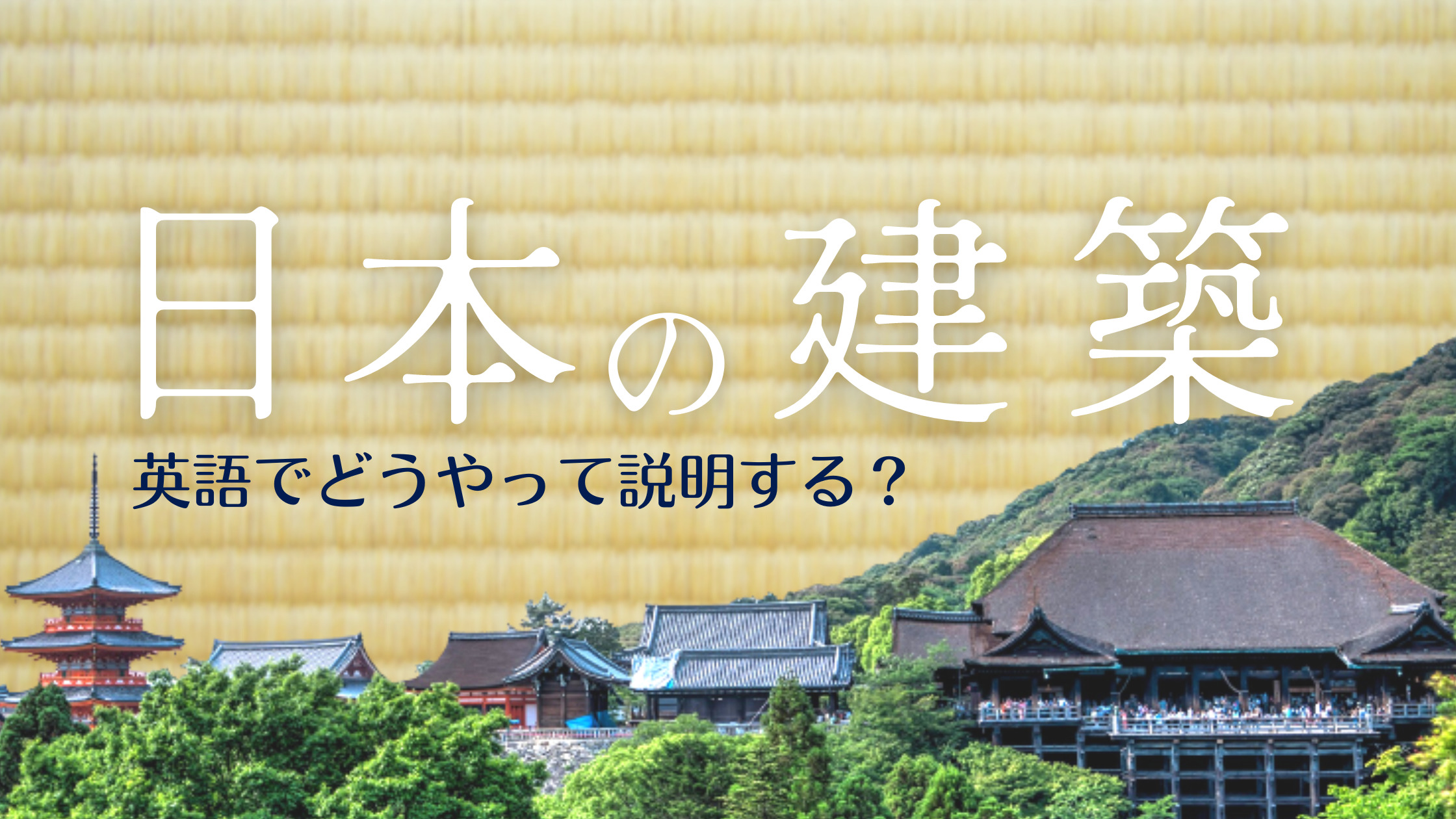日本の伝統建築は、日本の特徴ともいえる技術です。
伝統建築には、城や寺院、神社、家屋などに多く使われています。
日本の伝統建築について理解すると、城や神社などを訪れるのが楽しくなるでしょう。
今回は、日本の伝統建築について詳しく解説していきます。
英語の記事:
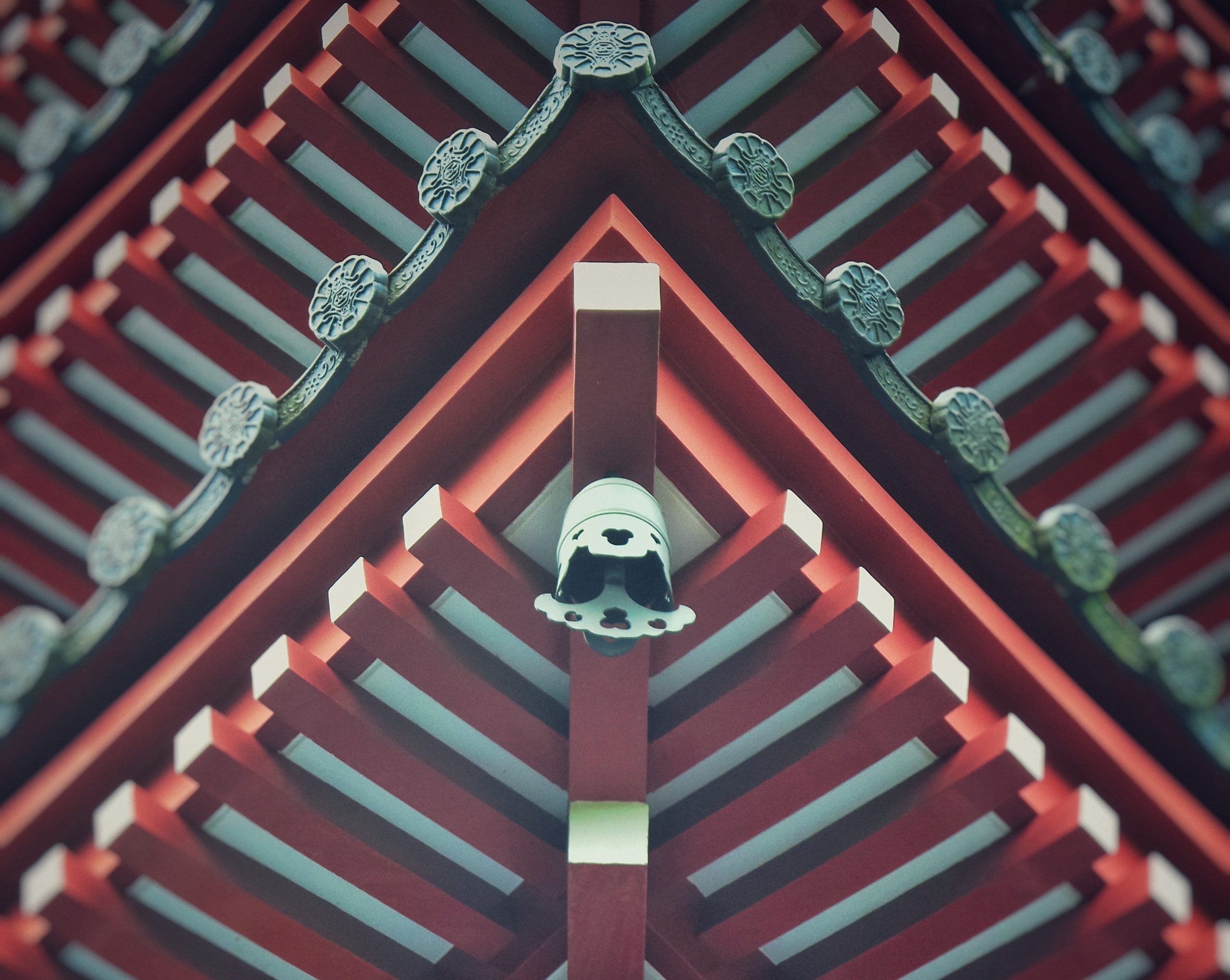

【この記事を書いているのは…】
石井 政章(いしい まさあき)
元ホテルマンです。リゾートホテル、シティホテルで主にフロントスタッフとして働いていました。
ホテルで働こうと思ったきっかけは、海外が好きで英語を活かしたいのと人を喜ばせたいという想いがあったからです。
現在は退職しWebライターとして活動しています。
日本の建築の特徴を英語で説明する
木造
木造は英語でwoodenと言います。木造建築は、wooden architectureです。
Wood is the most preferred material for Japanese traditional buildings due to the constant earthquake and humid climate.
日本の伝統的な建築物では、常に地震があり、湿度の高い気候であることから、木が最も好まれる材料です。
The oldest wooden architecture in Japan is Horyuji temple which is built in the 7th century, and you can still see the beautiful temple after a long history of earthquakes and natural disasters.
日本最古の木造建築は7世紀に建立された法隆寺で、地震や自然災の多い長い歴史を経てもなお、美しい寺院を見ることができます。
That’s partly because of wood’s ability to absorb moisture and Japanese traditional carpentry which allows them to build buildings without using any nails and developed strong earthquake resistance.
それは、木が湿気を吸収する性質があることや、日本の伝統的な大工仕事によって釘を使わずに建物を建てることができ、強い耐震性が発達したことも理由の一つです。
Japanese cypress, cherry, Japanese cedar, and Japanese zelkova are the most used types of wood for buildings.
建築用木材としては、ヒノキ、サクラ、スギ、ケヤキが最も多く使われています。
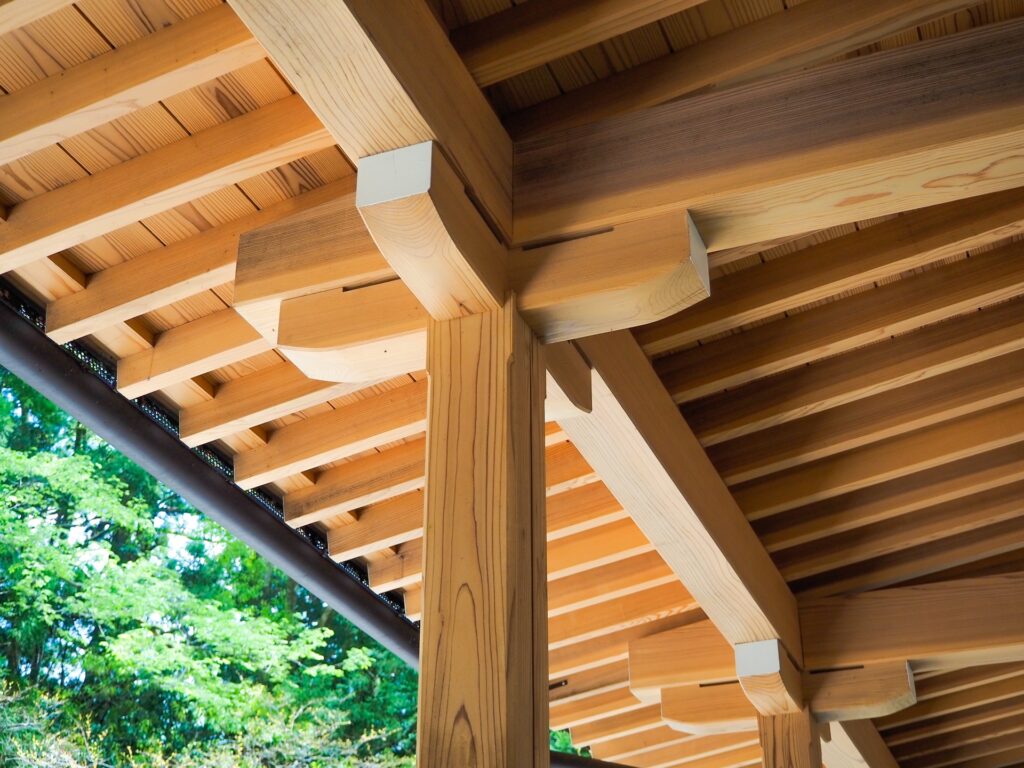
畳
畳は英語でtatami matsと言います。
In traditional Japanese rooms, tatami mats are always used as a flooring material.
伝統的な和室では、床材として必ず畳が使われます。
Tatami are traditionally made of rice straw covered with woven soft rush straw.
畳は伝統的に稲わらを柔らかいい草で編んだもので覆われています。
The size of tatami is standardized.
畳の大きさは規格化されています。
Most tatami mats are about 0.9 meters by 1.8 meters, although the size can vary depending on the region.
地域によって大きさは異なりますが、ほとんどの畳は約0.9メートル×1.8メートルです。
Tatami used to be used only for the highest aristocrats during the Heian Period (794-1185).
畳は平安時代(794〜1185年)、最高位の貴族のみが使用していました。
Over the centuries, tatami were gradually popularized and reached the homes of samurai, ruling nobility, and common people.
何世紀にもわたって、畳は徐々に普及し、武士、支配的な貴族、および一般の人々の家庭に届きました。
In ryokan (Japanese traditional inn), temples, and shrines, tatami are used in most of the rooms.
旅館や寺社仏閣では、ほとんどの部屋に畳が使われています。

障子・襖(ふすま)
障子・襖は英語でJapanese traditional sliding doorsなどと訳せます。
Shoji and Fusuma are sliding doors in Japanese traditional houses.
障子と襖は、日本の伝統的な家屋の引き戸です。
Fusuma are used to divide large rooms into smaller private rooms.
ふすまは、大きな部屋を小さな個室に仕切るために使用されます。
Fusuma are also considered as decoration of the room and there are a number of masterpieces preserved to date, especially in castles, temples and shrines.
襖は部屋の装飾品とも考えられており、特に城や寺社仏閣には数多くの名品が保存されています。
Shoji was invented about a century after the appearance of Fusuma.
障子は、襖の登場から約1世紀後に発明されました。
During the Edo Period (1603-1868), decorative patterns of frames started to be used for Shoji.
江戸時代(1603年〜1868年)になると、額縁の装飾文様が障子に使われるようになりました。
Although today Shoji are not used as often as before in Japanese houses since they are replaced with curtains and glass windows, they are still an important part of Japanese architecture.
今日、障子はカーテンやガラス窓に取って代わられているため、日本の家屋では以前ほど頻繁には使用されていませんが、それでも日本の建築の重要な部分です。
囲炉裏
囲炉裏は、英語でsunken hearthと言います。
Irori is an open, sunken hearth set within a timber or tatami floor.
囲炉裏は、木材または畳の床に設置されています。
Irori used to be a standard fixture in Japanese farmhouses for heating the home, cooking and boiling water.
囲炉裏は、日本の農家では暖房、調理、お湯を沸かすために標準的な備品でした。
Irori is usually square and located in the middle of a room where people would gather for warmth and conversation.
囲炉裏は通常、正方形で、部屋の中央に配置され、人々が暖をとり、会話をするために集まります。
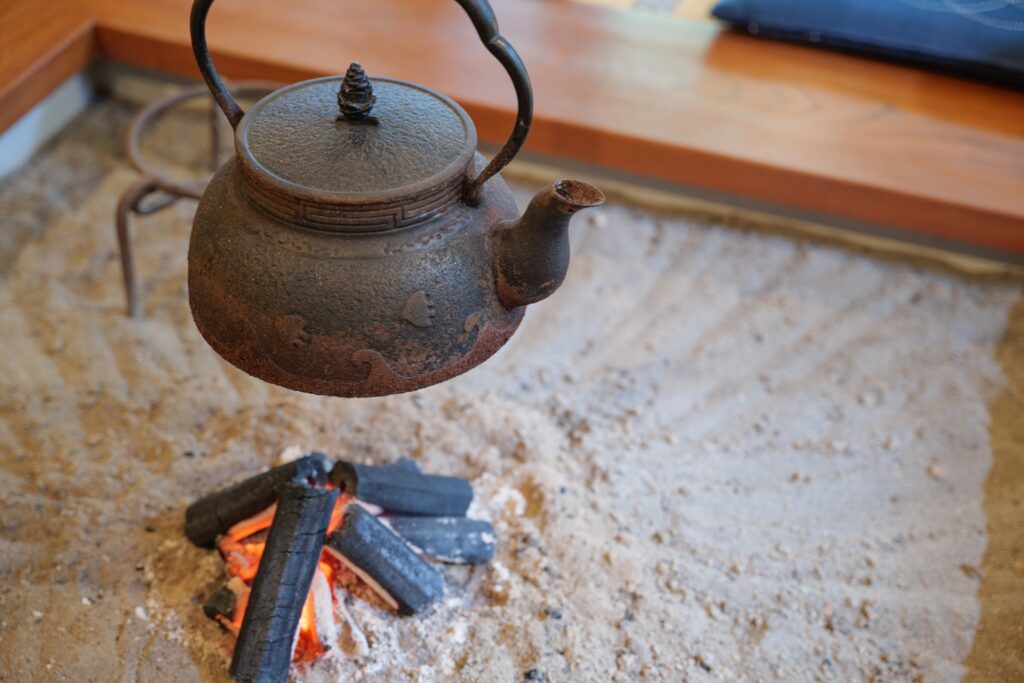
縁側
縁側は英語でoutdoor corridorと言います。
Engawa is like an outdoor corridor which is a raised wooden or bamboo veranda that runs around the outside edge of the building.
縁側は、建物の外縁を一周する木製、または竹製のベランダである屋外の回廊のようなものです。
Engawa can be found in Japanese traditional houses as well as temples and shrines and this is where people sit and look out into the garden.
縁側は日本の伝統的な家屋や寺社仏閣などに見られ、人々が座って庭を眺める場所です。
Usually Engawa is outside the Shoji to be separated from rooms.
通常、縁側は障子の外にあり、部屋から離れています。
In many temples in Kyoto, visitors can sit at Engawa to observe and appreciate the garden or rock garden.
京都の多くの寺院では、訪問者は縁側に座って庭や石庭を観察したり鑑賞したりできます。
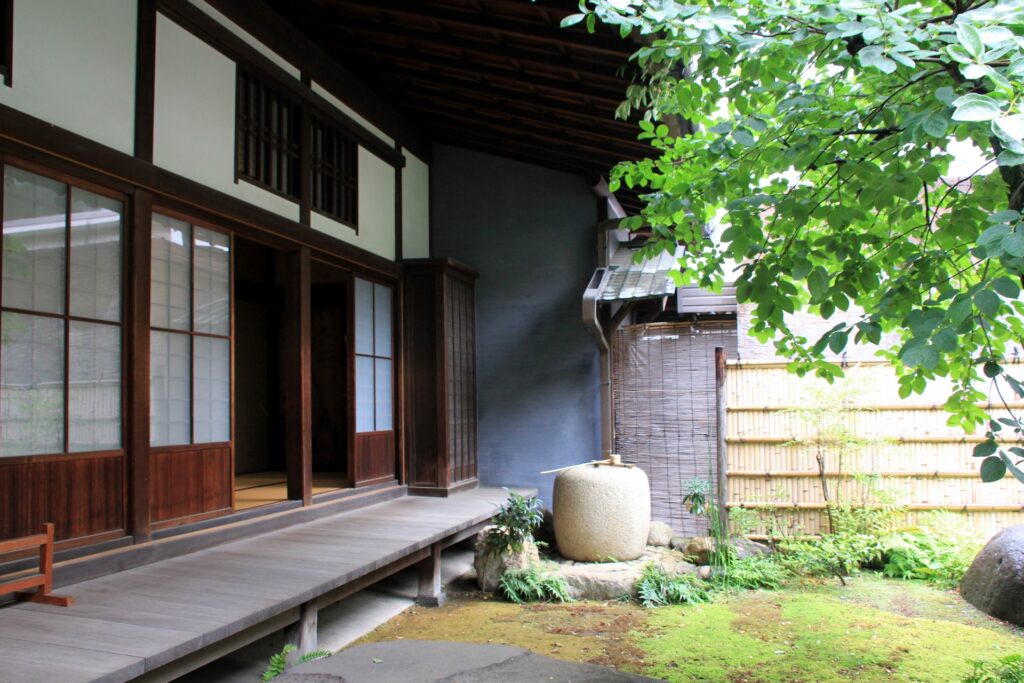
玄関
玄関は英語でenterywayと言います。
Japanese houses always have Genkan, which is the entryway to take off and leave your shoes before entering a home.
日本の家には必ず玄関があり、家に入る前に靴を脱いで置くための入り口です。
After leaving their shoes at Genkan, people often wear slippers inside.
玄関に靴を置いた後は、室内でスリッパを履く人が多いです。
まとめ
今回は日本の建築について解説しました。
今後、外国人の方に建築について説明するときは参考にしてみてください。
ガイドコミュニティ・JapanWonderGuideに参加しませんか?

JapanWonderGuide(JWG)は「日本のガイドの質を世界一に」をスローガンに掲げるガイドコミュニティです。2020年から活動を開始し、全国通訳案内士等を中心に、現在は、2,000名を超えるコミュニティとなっております。
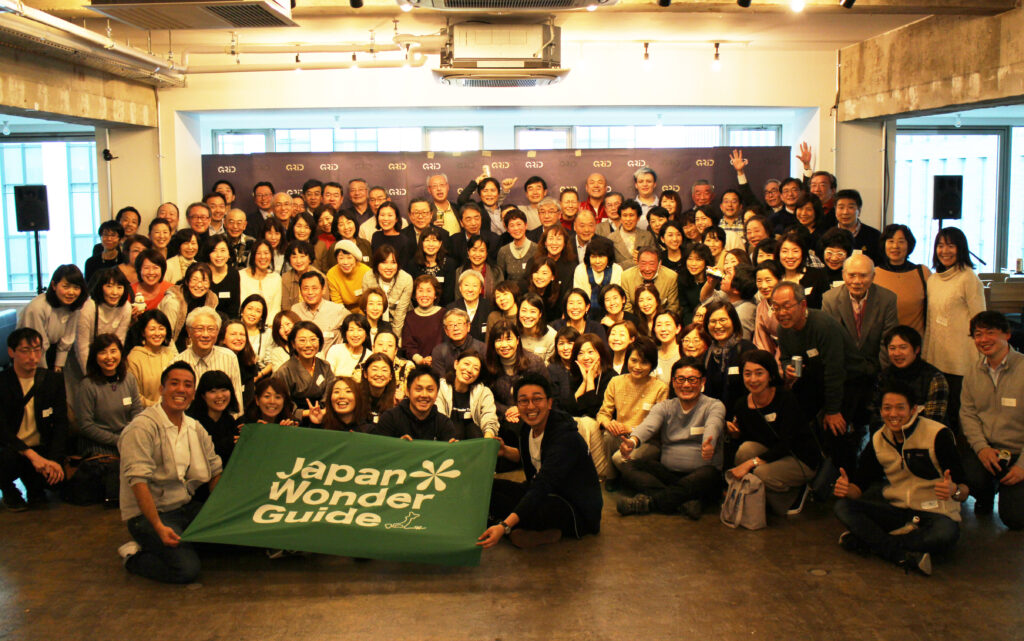
JWGの有料会員(KNOTTER)にご登録いただくと、月額1,000円(税込1,100円)で、ガイディングやビジネスに活きる知識・スキルが身につくE-Learningが受講し放題!ガイドのスキルアップに特化した研修動画を、お好きなだけ、無料でご視聴いただけます。
さらに、KNOTTERになると、通訳案内士が5年ごとに必ず受講しなければならない「通訳案内研修」を、オンラインで、無料でご受講いただけます。そのほか、下見やツアー時に割引/無料でご入場いただける優待施設のご利用や、人気観光施設の最新情報や裏話をお届けするJWG Live!の見逃し配信、各研修の割引など、様々な特典をご利用いただけます。
有料、無料会員様ともに研修やイベント情報など、ガイドに役立つ内容がたっぷり詰まったメルマガを月に2回お届け。また、ガイド仲間を見つけ、交流できるFacebookグループにもご招待!情報交換の場としてお使いください。
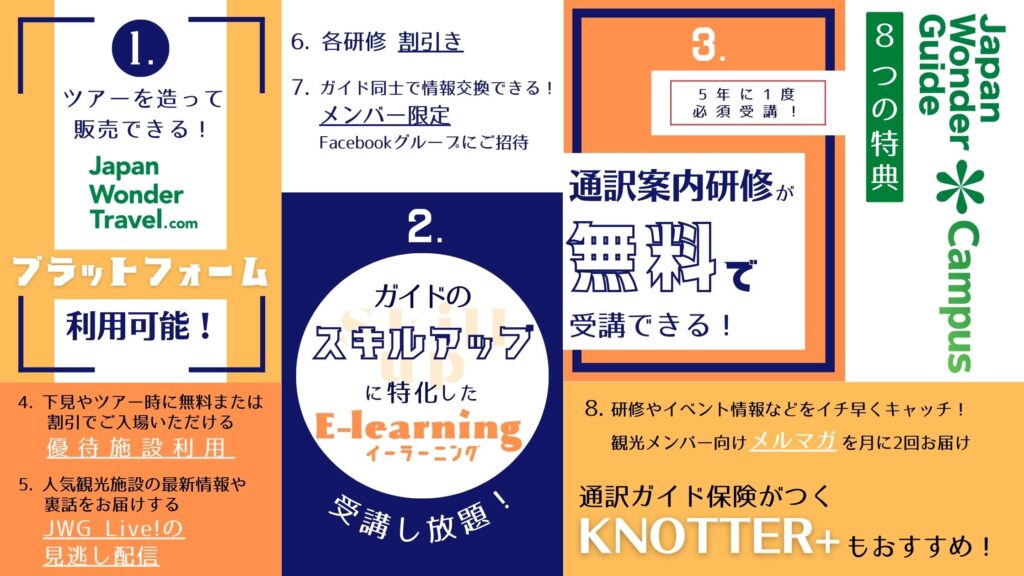
| フリーメンバー | KNOTTER | KNOTTER+ | |
| 料金 | 無料 | 月額1,000円 (税込1,100円) | 年間14,000円※ (税込15,400円) |
| 期間 | 無期限 | 毎月自動更新 | 2023年8月31日まで |
| ①Japan Wonder Travel プラットフォーム利用 | ○ | ○ | ○ |
| ➁メンバー限定Facebookグループご招待 | ○ | ○ | ○ |
| ③メンバー向けメルマガ受信 | ○ | ○ | ○ |
| ④JWG Live!見逃し配信 | △ | ○ | ○ |
| ⑤優待施設利用 | – | ○ | ○ |
| ⑥JWG主催研修割引 | – | ○ | ○ |
| ⑦通訳案内研修 | – (3,500円) | 無料 | 無料 |
| ⑧E-learning動画配信 | 有料 | 無料 | 無料 |
| ⑨通訳ガイド保険 | – | – | ○ |
※KNOTTER+の会費は加入月によって変動します
★通訳ガイド保険がついたKNOTTER+もご用意しております。資格の保有の有無に関わらず、通訳案内業務が補償の対象となりますので、どなたでも安心してガイドのお仕事をしていただけます。
インバウンド復活の兆しも少しずつ見えてきました。ぜひこの機会にご検討ください。
JWGで、日本の観光を一緒に盛り上げていきませんか?

